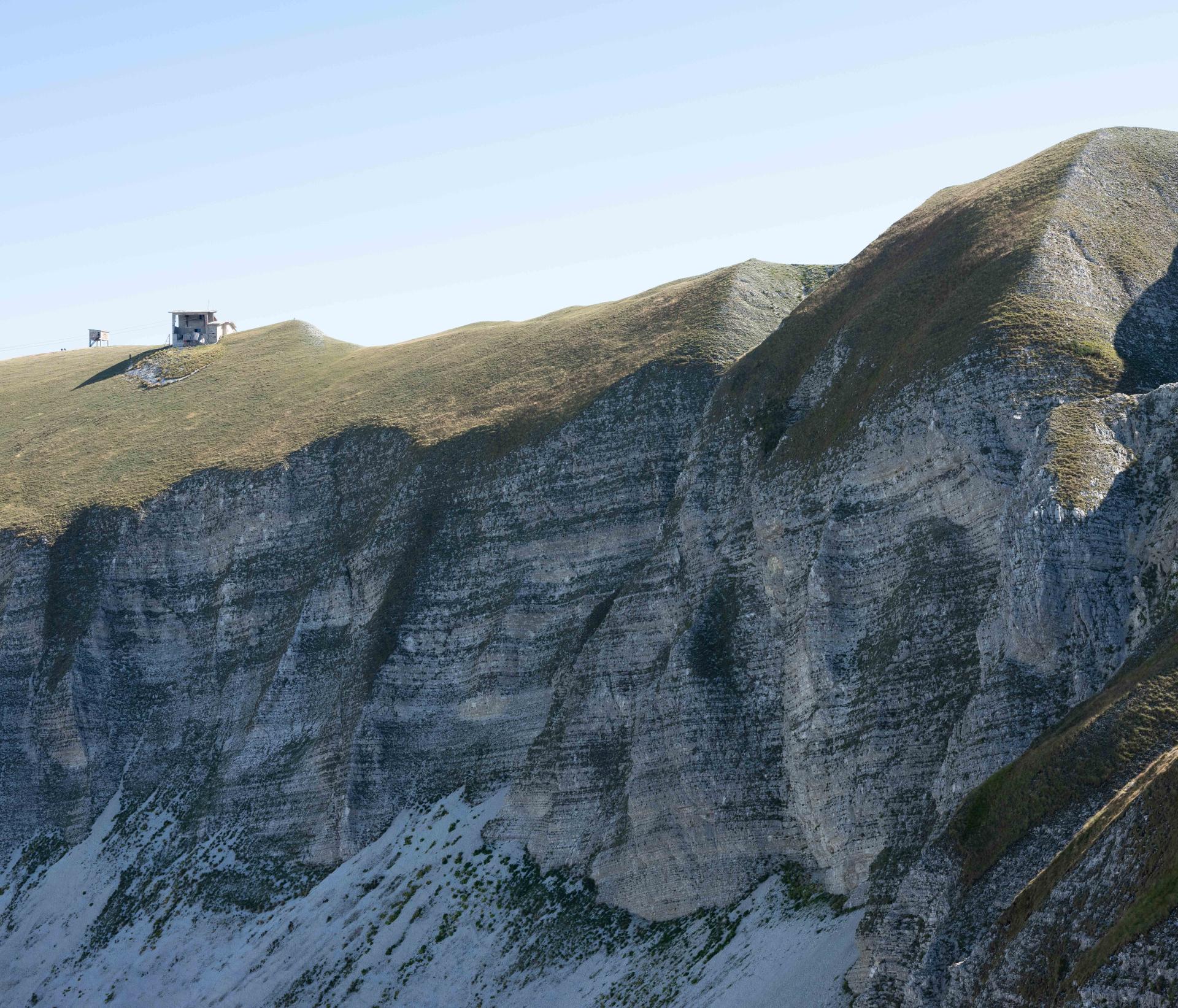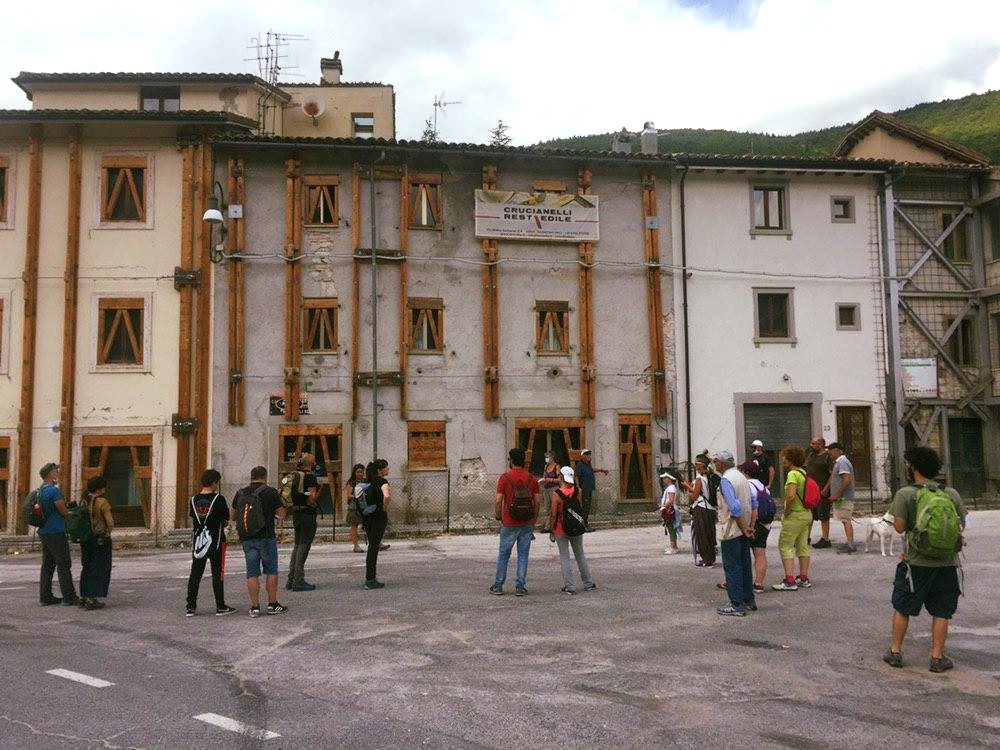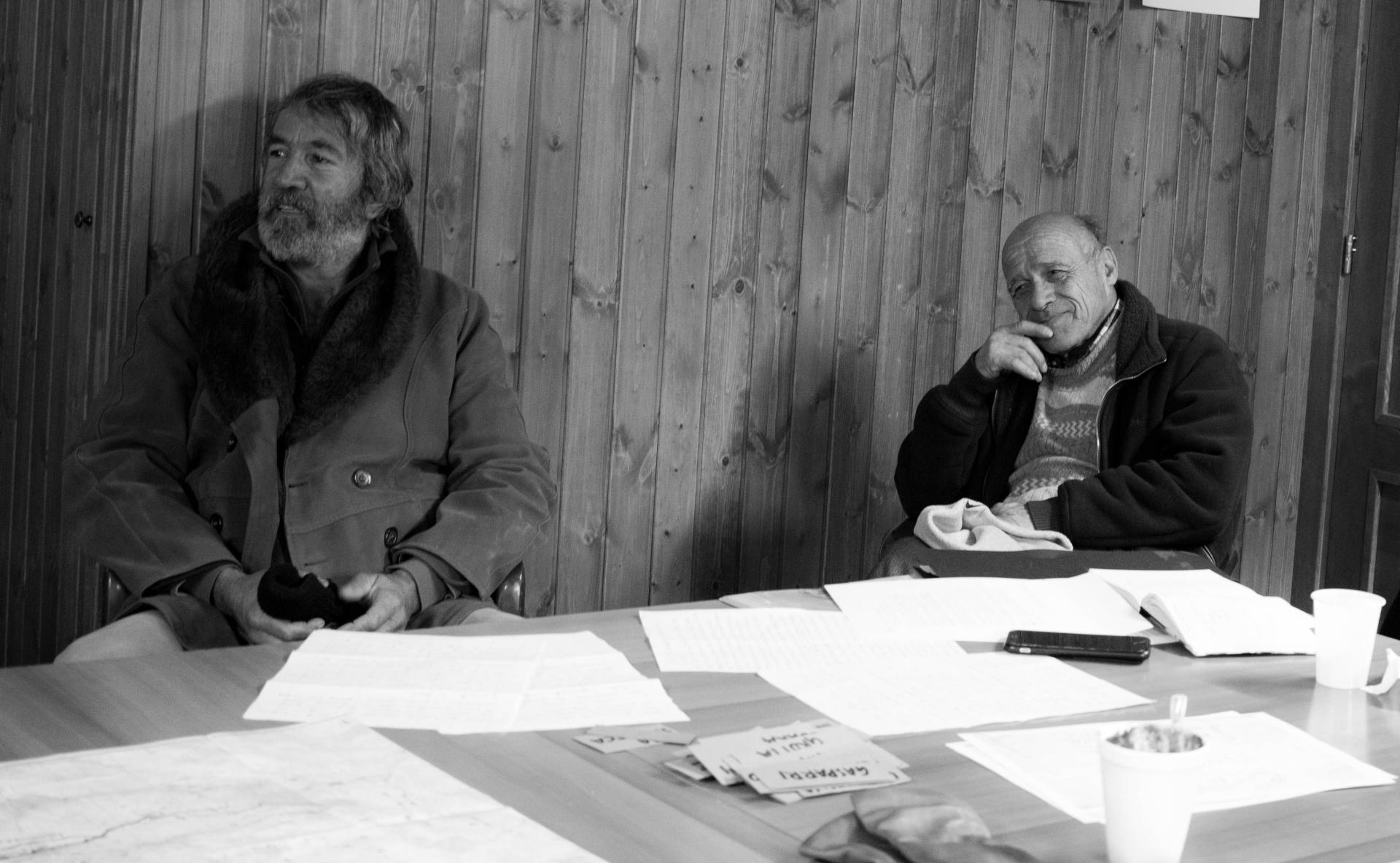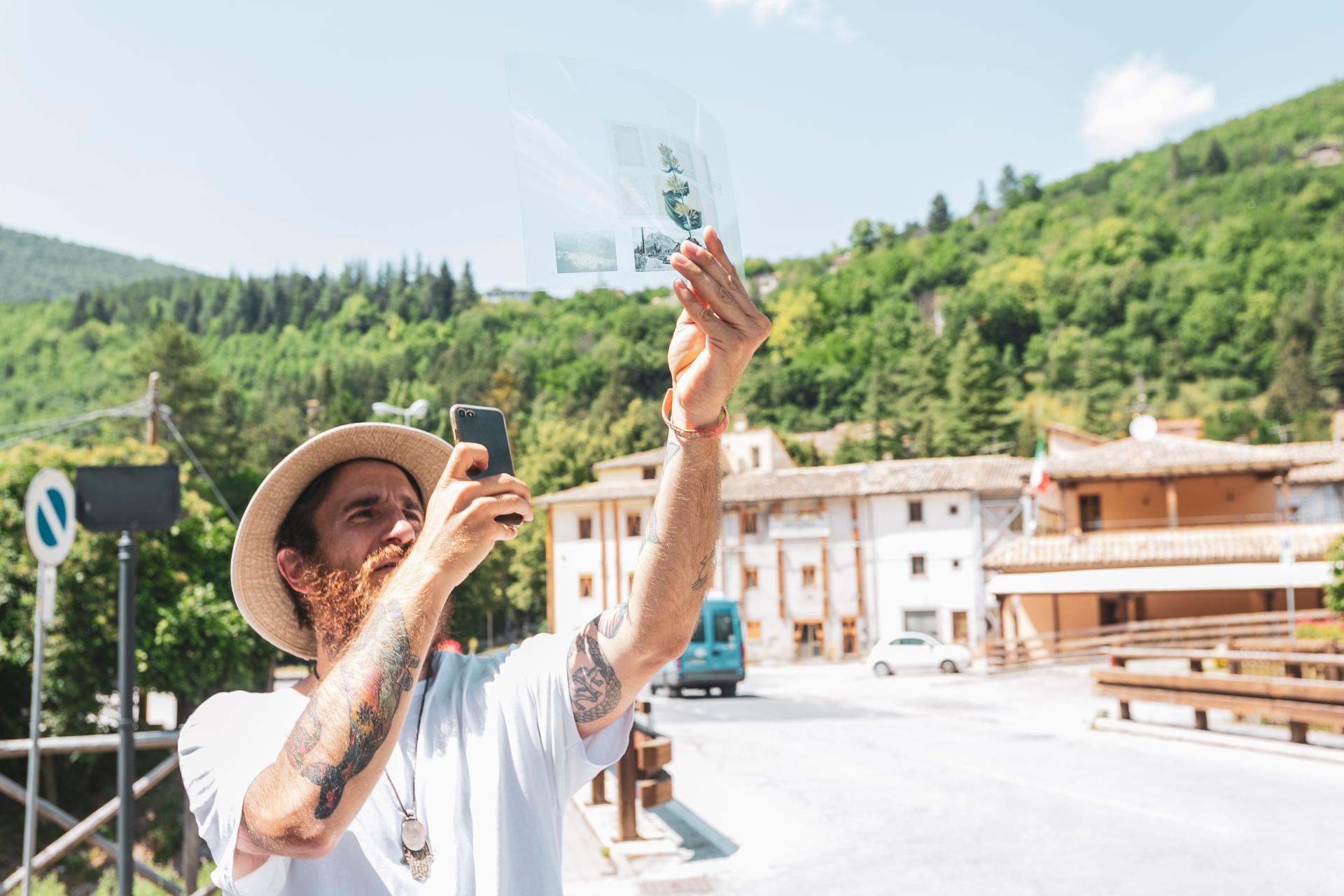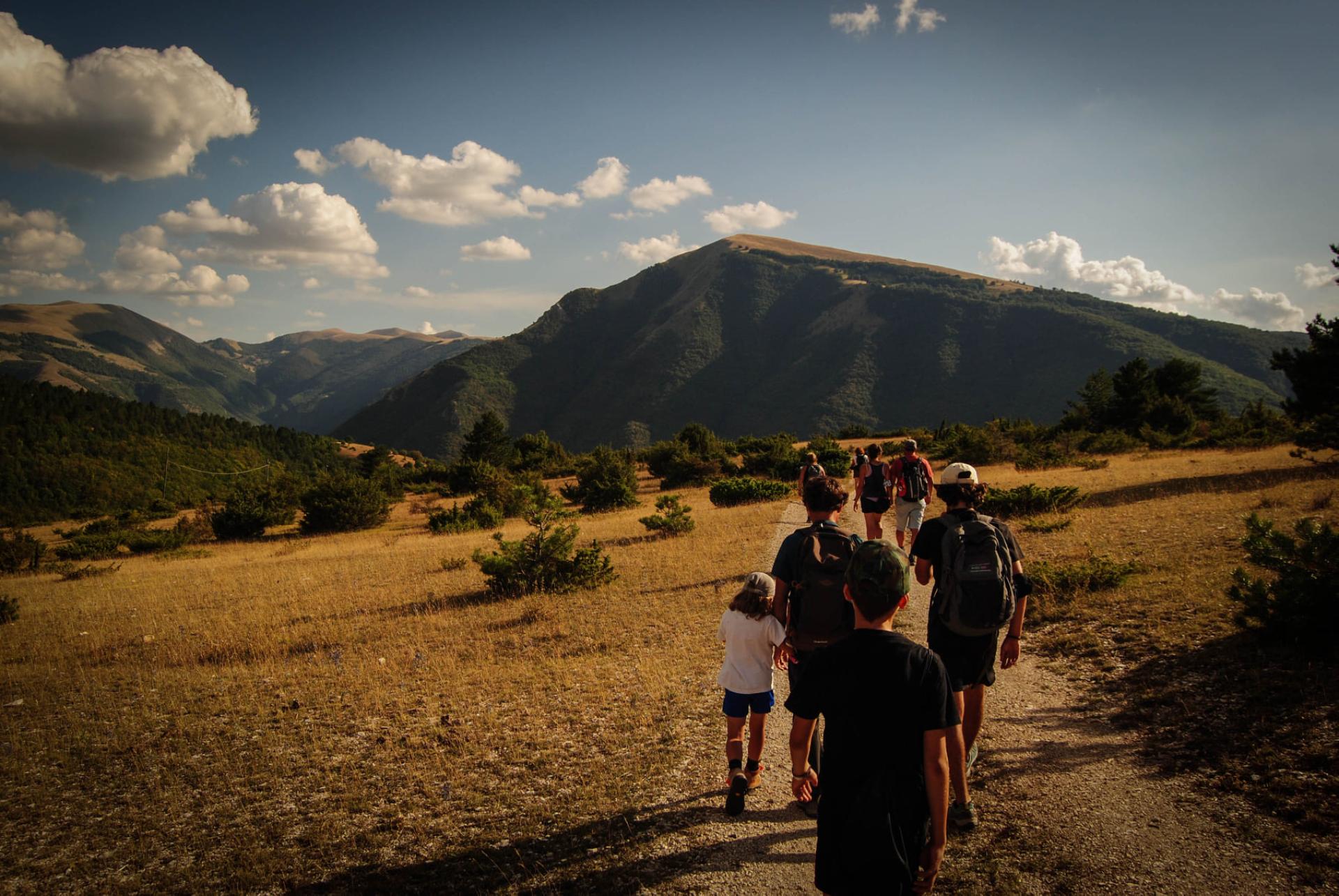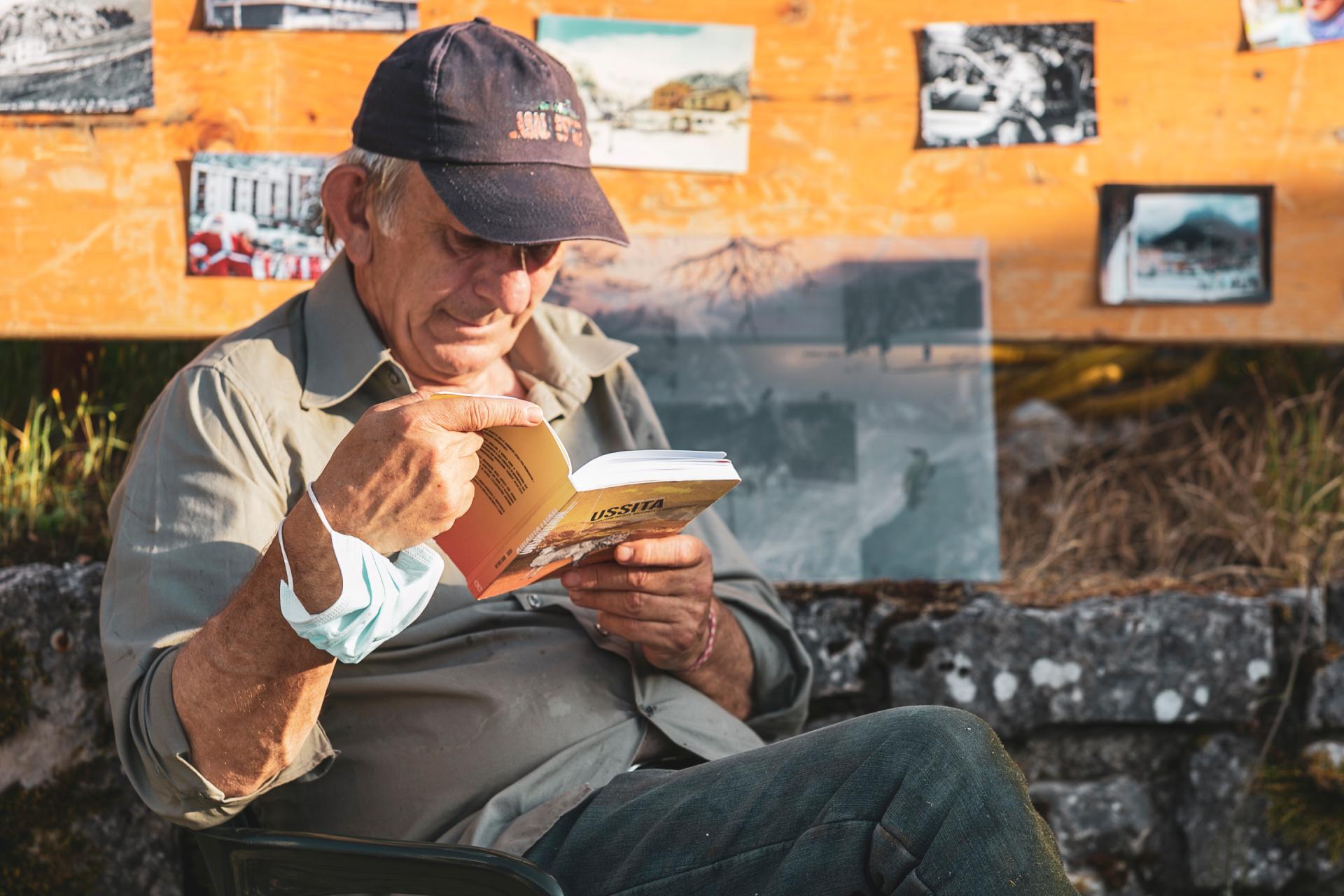Nonturismo - the community guide
Basic information
Project Title
Category
Project Description
Nonturismo is a storytelling journey that aims to redefine the identity of a marginal territory and its community.
It is from the meeting of the inhabitants that the contents of the story are born.
It is from the meeting between the inhabitants and the artists that the form of the story is born: an artistic guide dedicated to non-tourists, those who travel to discover the authentic spirit of a territory.
“The people of a place don't orient themselves with maps, but with stories” - Wu Ming 2
Geographical Scope
Project Region
Urban or rural issues
Physical or other transformations
EU Programme or fund
Which funds
Description of the project
Summary
Nonturismo (Nontourism) is a project dedicated to the requalification of so-called marginal areas, because they are physically placed on the edge of urban centers, far from tourist flows or deprived of their historical identity due to depopulation or traumatic events. The project implements a "post-anthropocene" approach: the goal of Nonturismo is to help these places redefine their identity by involving the inhabitants in a process of recovering of memories of the past, raising of awareness on opportunities and problems of the present, foreseeing of possible future scenarios.
The process is divided into three phases:
1. Community editorial workgroups
The identity of the place is reconstructed through a collective editorial experience. The editorial workgroups host several "incursions": artists, historians, botanists, architects, meeting the inhabitants and offering their point of view, thus helping to create a polyphonic narrative.
2. Artist's Residences
Artists with heterogeneous languages are housed in residence in the territories taking part in the requalification: by collecting the testimonies of the editorial workgroups and the suggestions derived from their own explorations, they produce an artistic outcome.
3. Nonturismo Guide
The final output of the process is a guide dedicated to non-tourists, those who do not travel to collect postcards but to discover the authentic spirit of a territory.
The Nonturismo editorial series is published by Ediciclo, the Italian publishing house specialized on sustainable mobility.
One of the first places protagonists of Nonturismo has been Ussita, a town from the Marche Region located in the mountains of the Sibillini National Park, a place characterized by a geographical marginality, since it is difficult to reach, and an identity one, since it had been severely hit by the earthquakes of 2016/17.
The guide dedicated to Ussita won the Italian Best Mountain Guide 2021 prize.
Key objectives for sustainability
With environmental sustainability in mind, the purpose of the project is to offer the local community a promotion tool that stimulates seasonally adjusted and conscious tourism, contrasting a “hit and run” type of tourism – based on the Anthropocene's consumerist way – therefore favoring an approach that values the resources of the territory instead of consuming them.
According to a principle of “deviation”, the guide offers non-tourists many routes across the territory, leading them where they would not have probably arrived otherwise, in an invitation to stop and explore. Non-tourist routes must be followed on foot, stopping at points of interest that are narrated through words, images and podcasts created by artists in reference to the testimonies of the inhabitants.
The environmental sustainability of the project moves alongside economic sustainability: for the guide to really be a tool available to a community, it needs to produce concrete results from the point of view of economic impact. For this reason, the project was conceived and conducted with the intention of producing a concrete output – the guide – and a series of actions corollary to the publication of the guide.
The genesis and publication of the guide have stimulated new projects and new opportunities in the Ussita area, with a view to a bottom-up economy that enhances the peculiarities of the area and the people who already live there. The concrete results of the Nonturismo process in Ussita in terms of economic sustainability will be further explored respectively in the section dedicated to the results / impacts achieved - with regard to the local economy of the territory affected by the project - and in the section dedicated to replicability - with regard to the macro-economy of scale generated by the project.
Key objectives for aesthetics and quality
To attract a quality audience, we need to speak a quality language: it is from this premise that the project was conceived in cross-fertilization between art, tourism and social innovation, with the purpose of using artistic languages both to speak to a certain type of tourists – non-tourists – and to promote the citizens’ process of redefinition and rediscovery of their social and cultural identity. After all, as Wu Ming 2, one of the artists involved in Ussita's guide, put it: "People in a place don't orient themselves with maps, but with stories."
The Nonturismo guides are therefore both real guides, offering hiking routes, maps and useful information, and real art books, which give travelers and communities a storytelling frame in which the voices of the inhabitants are interpreted through the gaze of a photographer, the words of a writer, the objects of a designer.
During the creation process of Ussita's guide, the town hosted several artists in residence:
the aforementioned writer Wu Ming 2 – of the internationally renowned collective Wu Ming – who met the community through a workshop with children and elaborated a short story about Ussita's possible and impossible futures;
the writer and reporter Alessandro Chiappanuvoli and the photographer Antonio Di Cecco, authors of the itinerary "From the valley to the peaks", an ascent of the mountain in words and images;
the illustrator Giacomo Giovannetti, who created collages composed of the overlap between archive images shared by citizens and visionary elements;
the podcaster and radio journalist Sara Sartori, who collected the voice of the inhabitants in audio contents that can be used interactively while exploring the itineraries;
the set-designer Paola Villani, who has created totem-games scattered along the driving routes, artworks that can be freely manipulated by travelers, stimulating them to re-imagine the landscape and reflect on its constant change, taking responsibility for its transformation.
Key objectives for inclusion
If the guide is for the community a tool to stimulate responsible tourism, community editorial workgroups are a tool of encounter, a hearth around which inhabitants gather to exchange memories, fears, reasons of pride and hopes for the future.
To achieve the goal of social inclusion, it is necessary that the process of rediscovery and redefinition of a place must not come from top down, but has to be integrated into the cultural and social fabric of the community, making the inhabitants themselves protagonists. To this end, the collaboration with C.A.S.A. – the "mountain port" of Ussita, a social promotion association born following the earthquakes of 2016/2017 with the purposes of continuing to inhabit an injured and changing territory, promoting meetings, enhancement projects and artistic residences – was fundamental. The managers of C.A.S.A. facilitated the community editorial workgroups by involving even the most skeptical or disillusioned citizens, and contributed to the drafting of the guide, both in structuring the routes and in the selection of testimonies.
Inclusiveness, however, is not only about the involvement of the inhabitants, but it is also on how they are involved. The editorial workgroups were inclusive also in regard to the issues on which the community has been confronted, without omitting the problems of a territory that cannot deny the fracture (real and metaphorical) of the earthquake or the contradictions of its history – for example the divergent points of view on the mountain tourism boom, which has boosted the economic performance but also a lot of speculation – but which precisely wants to start fresh learning from mistakes.
Therefore, Ussita's guide leads non-tourists along the trails that allow for the contemplation of the beautiful mountain landscapes but also in the SAE areas, the emergency housing solutions for the inhabitants following the seismic events, inviting visitors to share a stretch of their redefining path.
Results in relation to category
Nonturismo process has stimulated Ussita’s citizens in re-finding their collective identity after a traumatic event such as the earthquake, uniting them around an object, the guide, which has become their guide and which has represented the starting point for the undertaking of new initiatives of promotion and development of the territory.
In addition to the canonical distribution carried out by the publishing house at national level, the guide was disseminated through a bottom-up distribution initiative, spontaneously born from the inhabitants of the town. This initiative has affected the economic impact of the project, helping to achieve the second reprint goal; over and above the economic aspect, the spontaneous mobilization of the inhabitants has shown that the project has had a significant impact from a social point of view.
The actions born as a result of Nonturismo are, in fact, all characterized by the active involvement of local inhabitants and stakeholders:
- Thanks to the initiative of C.A.S.A., Ussita’s citizens undertook systemic maintenance of the routes contained in the guide, some of which had previously been left to carelessness.
- The citizens of Ussita revived the local festival of Piantamaggio, a rite that had not been celebrated for more than twenty years, re-emerged during the community editorial workgroups from the elders and recovered by the younger citizens.
- Local tour guides organized guided walks along the Nonturismo itineraries, in which some of the artists and inhabitants protagonists of the guide participated, benefiting from a direct economic fallout.
- The same subjects involved in Nonturismo have also given life to a new project – Artwalks – a process of rethinking the way of living inlands, that is going to involve personalities of international importance in the field of arts, architecture, geology, design, with the ultimate intent of creating an eco-sustainable park-museum in the mountain area of Ussita with works of land art.
How Citizens benefit
The key element for an active involvement of citizens was the use of storytelling as a bonding tool. Specifically, the meetings of the community workgroups were organized around three thematic areas:
genius loci: the historical, traditional, folkloristic and naturalistic elements to be preserved and revitalized;
emergencies: what characterizes the present time, both positively and negatively, and cannot be ignored;
visions: more or less utopian projections on the hoped for, feared, imagined futures.
The articulation of a storytelling path between past, present and future has helped citizens to bring back to life lost but not forgotten traditions (such as Piantamaggio, mentioned in the previous section), to share their expectations and their doubts, and above all to regain possession of a proactive approach towards the future.
As already mentioned above, the collaboration with a local community manager - C.A.S.A. - it was fundamental for integrating citizenship as a whole in the process of designing and implementing both the guide and the initiatives created as a corollary or following its publication. Invitations to participate in community editorial workgroups, for example, were distributed in the mailboxes of the entire SAE area, and the guide itself was distributed also to citizens who had not taken part in the process, with a view to strengthening the sense of belonging to the initiative.
The main advantage of the involvement of the local community were the spontaneous initiatives described in the previous section which, combined with the initiatives undertaken by the ecosystem promoting the project, have guaranteed and are guaranteeing continuity of both actions and impacts.
Since this is a storytelling process, it is also important to underline that involving communities benefits the quality of the storytelling. If art is a powerful tool for conveying the “voice” of a community, it’s this voice that allows artists to find original content.
Physical or other transformations
Innovative character
The innovativeness of the Nonturism project lies in the methodological approach, a framework that combines the goal of regenerating a place with the freedom of artistic research and expression, guaranteeing different contents and languages every time.
As mentioned above, to start the regeneration process of a place it is necessary that this process be embedded in the territory, meant both as a historical / naturalistic ecosystem and as a community of citizens; at the same time, this process must lead to a concrete result that can contribute to the economic growth of the area. In this balance between a sense of belonging and economic sustainability, art can play a key role if it is truly integrated into the process as an internal tool - to help citizens in the process of re-appropriating their own identity - and external - to reach audiences who can contribute to sustainable growth of the local economy. Too often, in regeneration projects, art is just an "embellishment" out of context, which does not represent the identity of the local community. At the same time, these processes too often include the inhabitants of the place in a marginal way, applying top-down models that do not dialogue with the territory and citizens.
In order to generate an innovative process of defining and narrating the authentic spirit of a marginal place, the distinctive elements of the Nonturismo approach are:
the conception of community editorial workgroups as a participatory process to stimulate informal discussion between citizens;
the structuring of a storytelling process articulated on three focuses that cross the past history, the awareness of the present and the expectations on the future of a citizenry;
residency as a way of meeting between art and territory;
the Nonturismo series, characterized by the mixture of art book and tourist guide, itself an expression of a cross-sectoral language.
Learning transferred to other parties
The Nonturismo methodology is characterized by being structured in steps defined by specific objectives:
- building an ecosystem that contemplates the aspects of community management, environmental sustainability and artistic production, to ensure the balance between all the components of the project
- defining and re-constructing the identity of the place through the community editorial workgroups structured around the three focuses genius loci, emergencies, visions
- content creation through artistic residencies, in order to ensure both the encounter between artists and the community and content quality
- guide structuring from both tourist and artistic point of view (concept and itineraries)
- publication of the guide in the Nonturismo series, published by Ediciclo
- community engagement through corollary actions to the guide publication, with a view to relaunching for future initiatives
The transferability and replicability of the applied methodology is confirmed by the new Nonturismo guides created or close to completion, each of which has been conceived following the same process but addressing a specific declination of the concept of marginality, thus giving life to outcomes each characterized by its own language. To date, the Nonturismo series has been enriched with two new volumes on two suburbs of the city of Cagliari in Sardinia: in the first, Sant'Elia, the guide has taken the form of a cooking book that guides visitors through the story of the foods and local recipes; in the second, Giorgino, the complex architectural and cultural stratification of the suburb led to the creation of a gaming book guide. Sineglossa is also coordinating the creation of two new guides: the first will be dedicated to the biodiversity of the Conero Park, in the Marche Region; the second will be dedicated to the suburbs of the city of Bologna, told through the concept of resistance, from the resistance of greenery in urban spaces to the resistance of homeless living.

